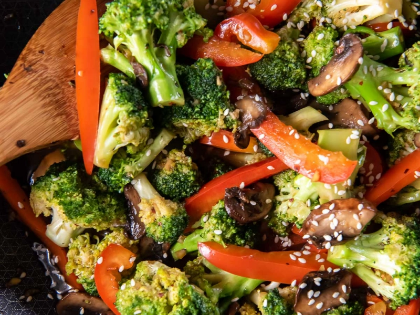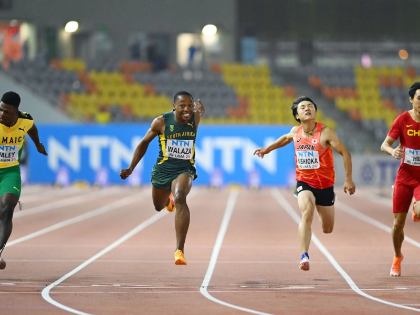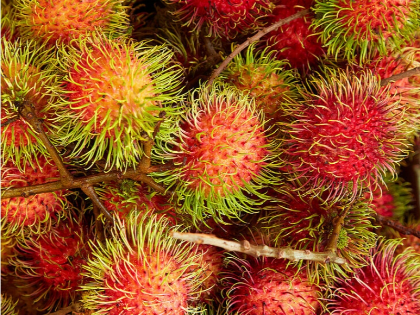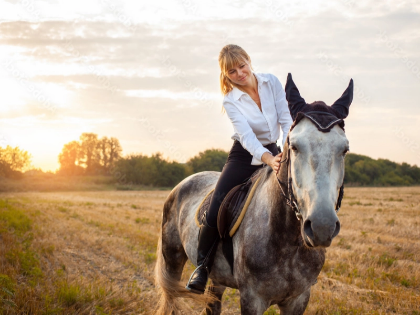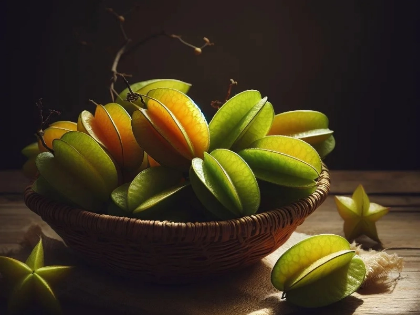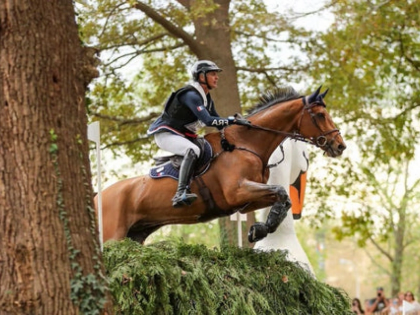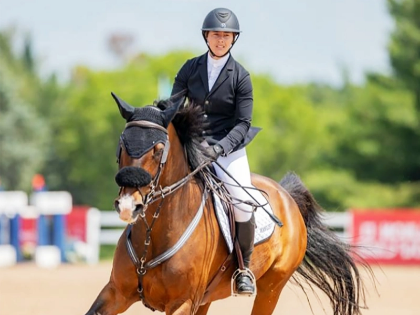Equestrian Safety Equipment You Can't Ignore
In equestrian sports, when the excitement of riding carries major hazards, safety is first priority. Protection of horses and riders during training and events depends on appropriate safety gear. This page emphasizes important safety gear every rider should take into account to guarantee a better and safer saddle experience. From helmets to protective vests, knowing the value of every piece of gear can significantly help to reduce injuries.
Riding helmets' significance

Body Protectors for Enhanced Security
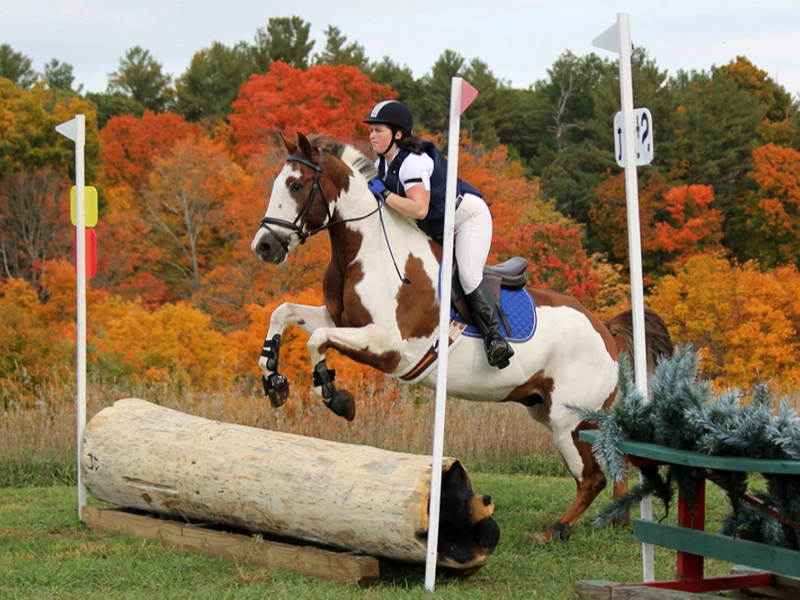 Apart from helmets, body protectors are another necessary safety gear for riders, particularly in disciplines like eventing or jumping where the chance of falls is more. Designed to absorb force and shield important organs in case of a fall or collision, body protectors Usually composed of foam or another padding material, they guarantee enough protection while also allowing flexibility.
Choosing a body protector should be based on fit and full range of motion availability. To maximize fit, riders should try on several brands and styles. Many body shields are changeable, which offers more comfort and security. Some bikers could also use inflatable vests, which, upon impact provide additional protection.
Body shields help to greatly lessen the degree of damage caused in falls. They give riders piece of mind so they may concentrate on their performance instead of worrying about possible mishaps. Anyone trying to improve their safety while enjoying equestrian sports should definitely consider including a body protector into their riding gear.
Apart from helmets, body protectors are another necessary safety gear for riders, particularly in disciplines like eventing or jumping where the chance of falls is more. Designed to absorb force and shield important organs in case of a fall or collision, body protectors Usually composed of foam or another padding material, they guarantee enough protection while also allowing flexibility.
Choosing a body protector should be based on fit and full range of motion availability. To maximize fit, riders should try on several brands and styles. Many body shields are changeable, which offers more comfort and security. Some bikers could also use inflatable vests, which, upon impact provide additional protection.
Body shields help to greatly lessen the degree of damage caused in falls. They give riders piece of mind so they may concentrate on their performance instead of worrying about possible mishaps. Anyone trying to improve their safety while enjoying equestrian sports should definitely consider including a body protector into their riding gear.
Shoes and Spurs for Equilibrium
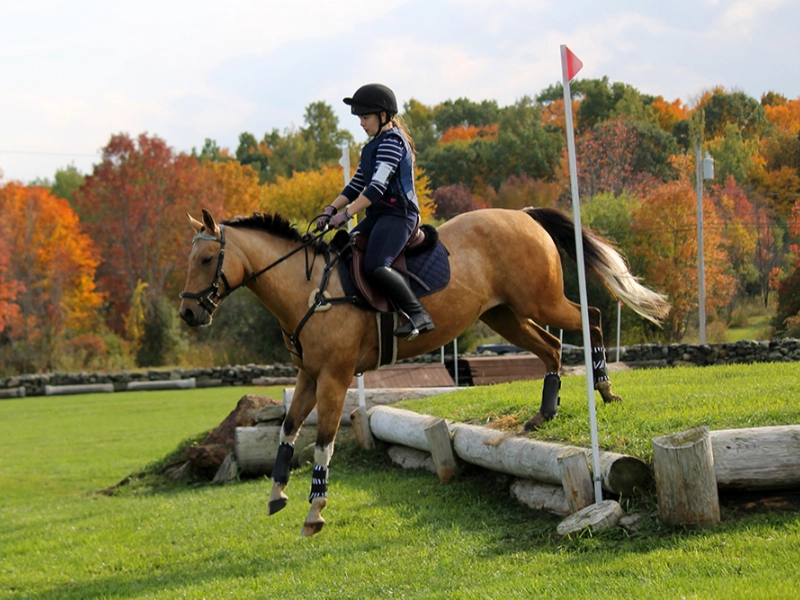 Equestrian safety depends on appropriate shoes since they give stability and grip while riding. Riding boots should have a defined heel and a smooth sole to stop the foot from slipping through the stirrup should a fall occur. While paddock boots are a nice choice for daily riding, tall boots provide more support and protection for the legs.
Apart from boots, spurs can also help to improve rider-horse communication. Although spurs should be used carefully and with good technique, they help to keep ride control. Spurs must be made sure not to be overly harsh or forceful since incorrect use could cause the horse damage. Humane care and respect of their equine partners should always come first for riders.
Selecting appropriate shoes and applying spurs sensibly will improve both horse performance and rider safety. Better control made possible by a strong and safe footing helps riders to lower their risk of accidents and enhance their riding experience generally. Remember, choosing great riding boots is about safety and saddle utility rather than only fashion.
Equestrian safety depends on appropriate shoes since they give stability and grip while riding. Riding boots should have a defined heel and a smooth sole to stop the foot from slipping through the stirrup should a fall occur. While paddock boots are a nice choice for daily riding, tall boots provide more support and protection for the legs.
Apart from boots, spurs can also help to improve rider-horse communication. Although spurs should be used carefully and with good technique, they help to keep ride control. Spurs must be made sure not to be overly harsh or forceful since incorrect use could cause the horse damage. Humane care and respect of their equine partners should always come first for riders.
Selecting appropriate shoes and applying spurs sensibly will improve both horse performance and rider safety. Better control made possible by a strong and safe footing helps riders to lower their risk of accidents and enhance their riding experience generally. Remember, choosing great riding boots is about safety and saddle utility rather than only fashion.
Gloves for Protection and gripping
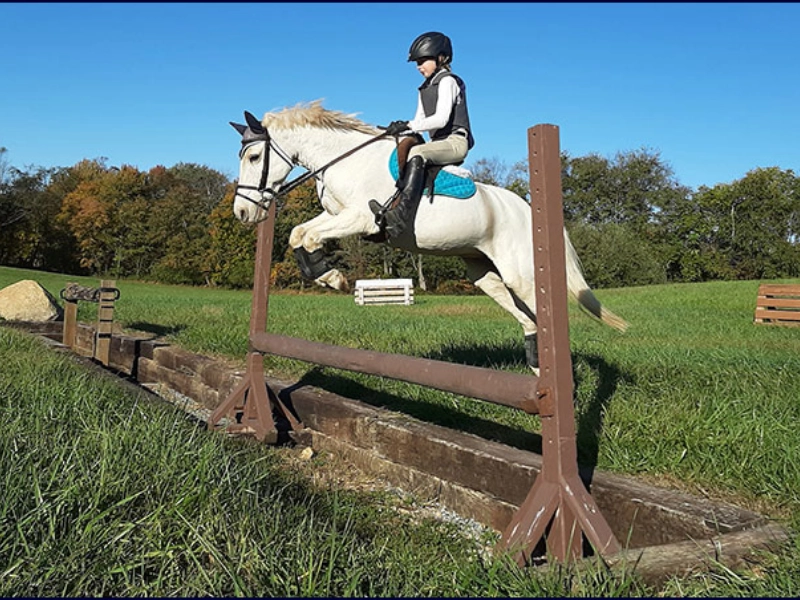 Though they look like a little addition, riding gloves are rather important for comfort and safety. Better grip on the reins comes from gloves, which also help to minimize slippage that can cause control lost. Long rides or equipment handling can cause blisters and abrasions, which they also guard against protecting the hands from.
Choose riding gloves from materials that provide both suppleness and durability. Though synthetic choices can be lightweight and breathable, leather gloves are a common choice for their grip and lifetime. Selecting gloves that fit properly will enable best dexterity while yet offering protection.
Riders who wear gloves not only improve their grip but also lower their hand injury risk in unanticipated events. Gloves can help riders keep control and stability whether their movement from the horse is abrupt or their quick change of the reins. One easy but effective approach to give safety top priority and still enjoy your time on the saddle is including gloves into your riding gear.
Though they look like a little addition, riding gloves are rather important for comfort and safety. Better grip on the reins comes from gloves, which also help to minimize slippage that can cause control lost. Long rides or equipment handling can cause blisters and abrasions, which they also guard against protecting the hands from.
Choose riding gloves from materials that provide both suppleness and durability. Though synthetic choices can be lightweight and breathable, leather gloves are a common choice for their grip and lifetime. Selecting gloves that fit properly will enable best dexterity while yet offering protection.
Riders who wear gloves not only improve their grip but also lower their hand injury risk in unanticipated events. Gloves can help riders keep control and stability whether their movement from the horse is abrupt or their quick change of the reins. One easy but effective approach to give safety top priority and still enjoy your time on the saddle is including gloves into your riding gear.
Safety vests for young riders
Safety vests can give young or inexperienced motorcyclists still another degree of protection. Designed especially for toddlers and teenagers, these vests guarantee the support required whilst learning to bike. A child cyclist would benefit much from safety vests since they help guard against falls and collisions. Young riders should make sure their safety vest satisfies safety criteria and fits them correctly. Many vests are changeable, which lets one grow and be comfortable. Certain vests are also made to be lightweight and breathable, thereby guaranteeing that young motorcyclists stay comfortable using them. Young riders should be urged to wear safety vests so as to promote responsibility and safety. From a young age, it helps develop healthy habits that increase awareness of the need of safety gear as one advances on their riding adventures. Parents and teachers who give safety equipment top priority will enable young riders to confidently enjoy their equestrian adventures.
Equipment for Emergency Preparation
Although prevention is crucial, in equestrian sports equally vital is emergency preparation. Every rider should carry a basic first aid pack. Items include bandages, antiseptics, and ice packs ought to make up this pack. In the case of an injury, having these items easily available can make all the difference. Apart from a first aid pack, riders should get familiar with fundamental first aid methods. Understanding how to evaluate and treat minor injuries will enable riders to act appropriately during an emergency. If biking in groups, it's also smart to have a prearranged meeting spot and a backup strategy including knowledge on how to call medical aid. Any rider's safety plan must include equipment for emergency readiness. Riders that are proactive and ready will be able to manage unanticipated events, therefore improving safety for their horses and themselves. Giving emergency readiness top priority not only safeguards riders but also helps create a safer equestrian environment generally.

